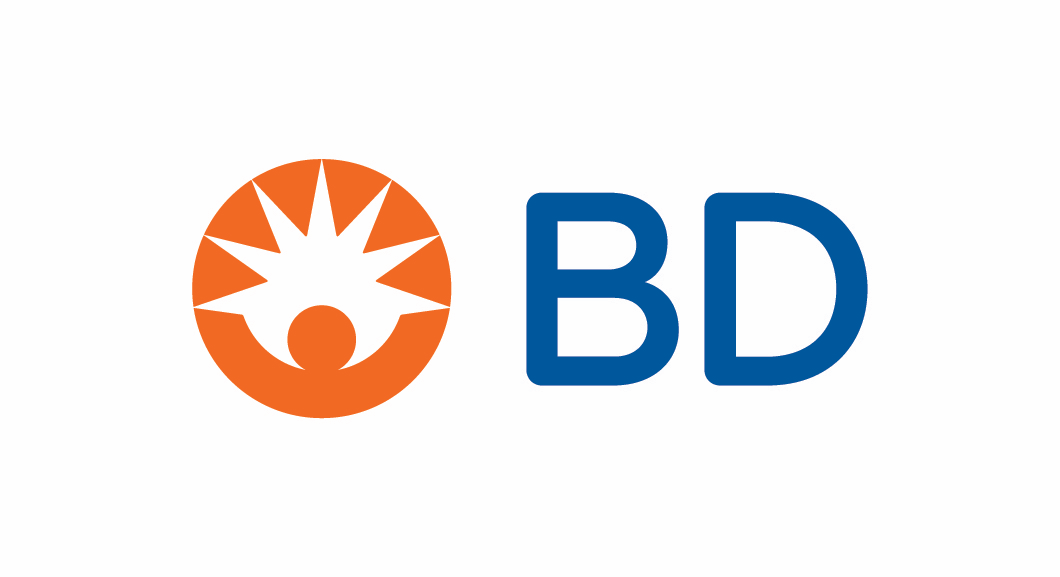BD – Phoenix™ M50 System


Health needs
Targeted antimicrobial therapy. Wrong diagnosis can lead to wrong therapies, which in turn delay treatment and can cause AMR
Initiative’s objective
Launch of a next generation diagnostic instrument for the rapid identification of bacteria and detection of antimicrobial resistance. Provides fast and accurate bacterial identification, reducing the number of wrong diagnosis and consequently antibiotherapy.
Initiative’s description
Customers needed an accurate identification and a true MIC system to aid in the diagnosis and appropriate treatment of bacterial infection therefore BD sought to develop a system to meet these needs. The BD Phoenix™ M50 is also capable in detecting emerging resistance which is critical in surveillance of AMR. The compact system addresses space constraints in most labs today, but the modularity of the instrument allows for connection of multiple system to meet increasing test volumes. Antibiotic drug developers partner with BD to aid in the development of new antimicrobial susceptibility tests and help improve proper utilization of these medications. Results from the system include species level identification along with Minimum Inhibitory Concentrations (MIC)s. These results, combined with expert rules provide an accurate categorization of the organism as Susceptible, Intermediate or Resistant to an antibiotic.
Lessons for success
Partnerships with drug developers is critical to obtaining early access to drug powders and MIC breakpoints. Also, working with standards developers such as CLSI and EUCAST is important in understanding how the system is expected to perform.
